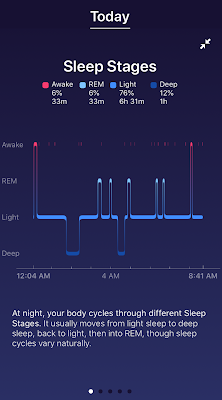CIO Services Group (CIOSG) has continually leveraged a variety of collaborative technologies. In the realm of video conferencing, we have been using Microsoft's Skype on many platforms. Skype has been effective and dependable with exceptional audio and video. We have exercised Skype with a variety of Windows browsers and clients and smartphone clients.
There are a confusing number of Skype clients between Skype and Skype for Business as well as Windows browser clients.
CIOSG next tested 8x8. This is a commercialization of Jitsi. The audio and video were good. The controls were not up to the level of Skype. The testing was done with Windows browser clients with Firefox being "Limited Support." We didn't get Firefox to work.
Google Meet was next on our assessment. CIOSG is a GSuite customer so we have had access to Google Meet Essentials. This is now available to all users with a Google account. The audio and video were exceptional. The controls were complete and full function. The testing was done with a variety of Windows browsers and smartphone clients.
Our Webex testing was less than satisfactory. The audio and video were the lowest quality of all the clients tested. Webex was the only test where we abandoned the platform and went back to Skype. The testing was done with a variety of Windows browsers and clients and smartphone clients.
Our testing of Zoom showed that its reputation was well deserved. The presentation was well organized and functional. The audio and video were exceptional. The testing was done with a variety of Windows browsers and clients and smartphone clients.
While CIOSG tended to focus on Windows browser clients, several of the platforms were insistent on downloading and installing Windows clients. Often the "run in browser" link was actually delayed in presenting. Other than Google Meet, the other platforms presented limited capabilities when using the Windows browser clients. Examples of limited capabilities are no grid view, reduced host controls, lack of background features.
A detailed assessment of the various platforms is available here.












